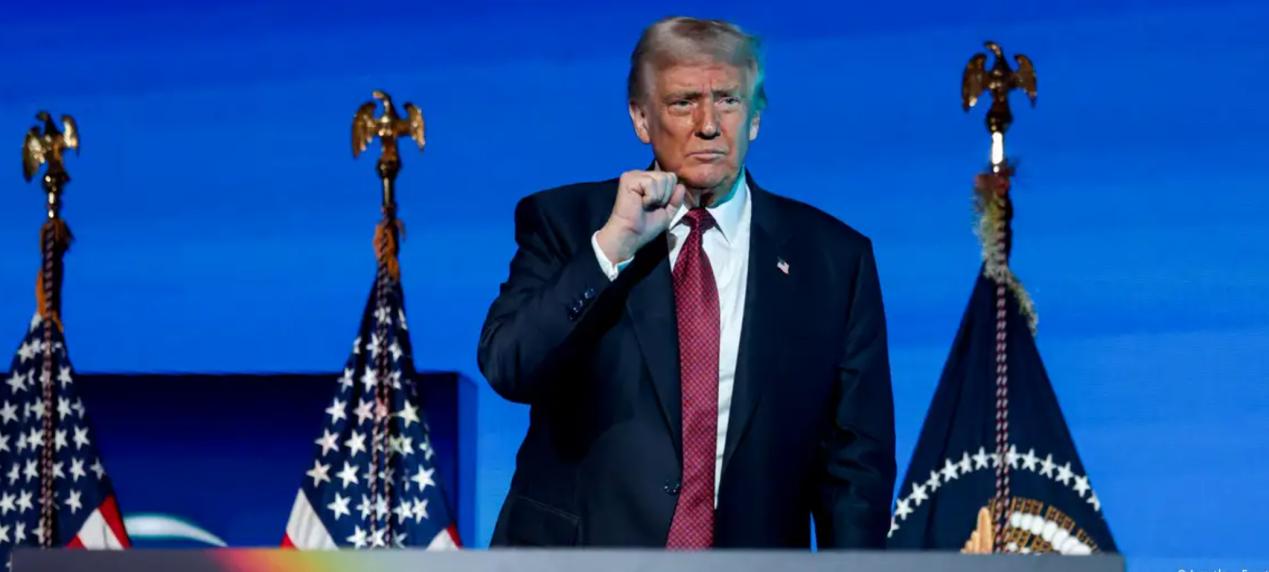
On September 9 (local time), Elon Musk, founder of SpaceX, revealed at the All-In Summit that Starlink is actively advancing its plan for high-bandwidth direct-to-cell satellite internet service, with commercial launch expected in two years. This news has attracted widespread attention from the global technology and telecommunications industries.
Musk stated that to enable direct connection between mobile phones and Starlink satellites, phones need to undergo certain hardware modifications to adapt to Starlink's frequencies. He pointed out that current smartphone chipsets need to be retrofitted to support the corresponding frequencies, which means future mobile phones may require optimizations in design and manufacturing to fully leverage Starlink's high-bandwidth connectivity services. Meanwhile, SpaceX is fully committed to developing satellites specifically designed for smartphone connectivity. It is understood that Starlink's V2.0 satellites will feature an additional 25-square-meter antenna—on top of the existing Ku/Ka-band antennas and inter-satellite laser links—to enable direct communication with ground-based mobile phones.
To better advance this initiative, SpaceX has also collaborated with smartphone companies. Although Musk did not disclose the specific names of partner firms, it is foreseeable that more smartphone manufacturers will join this telecommunications technology revolution in the future, jointly driving the development of direct-to-cell satellite internet services.
Musk’s vision is not unfounded. In fact, SpaceX has already accumulated substantial experience and laid out strategic plans in the field of satellite communications. As early as 2022, SpaceX formed a strategic partnership with U.S. telecom operator T-Mobile. The two parties planned to jointly explore the integration of terrestrial and satellite communications, using T-Mobile’s 1.9GHz frequency band to provide direct-to-cell services. In January 2024, SpaceX launched the first batch of Starlink satellites equipped with Direct-to-Cell (DTC) capabilities. By early October 2024, the number of in-orbit DTC satellites had reached 220, initially forming service capabilities.
More recently, SpaceX acquired wireless spectrum from EchoStar for $17 billion—a deal that provided crucial spectrum resources for advancing Starlink’s direct-to-cell services. Musk noted that the acquired spectrum will allow Starlink to deliver high-bandwidth connectivity directly from satellites to mobile phones, enabling users to stream high-definition videos on their phones anytime, anywhere. However, he also pointed out that such connectivity may be affected in indoor environments; for instance, signal strength could weaken in buildings with thick metal roofs.
In the long run, Musk’s goal is to position Starlink as a global operator, allowing users to break free from reliance on regional carriers and achieve seamless connectivity worldwide. He believes that while other operators still hold significant frequency bands, Starlink will offer users a new option: a single Starlink account that can be used both with home Starlink antennas to provide Wi-Fi and with mobile phones, enabling comprehensive high-bandwidth connectivity.
The advancement of Starlink’s direct-to-cell satellite internet service plan is undoubtedly set to bring transformative changes to the global telecommunications industry. It is expected to overcome the limitations of traditional communication networks and provide users with more convenient, efficient communication services—playing a particularly vital role in remote areas and emergency rescue scenarios. Nevertheless, the initiative also faces challenges, such as the need to adapt smartphone hardware, coordinate spectrum resources, and compete with traditional operators.
However, given SpaceX’s technological capabilities and Musk’s innovative spirit, Starlink’s direct-to-cell satellite internet service plan is still brimming with possibilities. If all goes smoothly, in two years, we may usher in an entirely new era of communications, where direct connectivity between mobile phones and satellites becomes a reality—bringing greater convenience and innovation to our lives and work.

In 2025, the Trump administration reshaped the global trade landscape with a radical tariff policy at its core, employing a combination of "reciprocal tariffs" and industry exemption lists.
In 2025, the Trump administration reshaped the global trade…
On December 26 local time, an apology statement from Japane…
When the U.S. government blacklisted EU digital regulatory …
The EU summit recently passed a resolution, in which 24 mem…
Europe's economy in 2025 exhibits a distinct feature of "su…
Russian President Vladimir Putin said that Russia has obser…